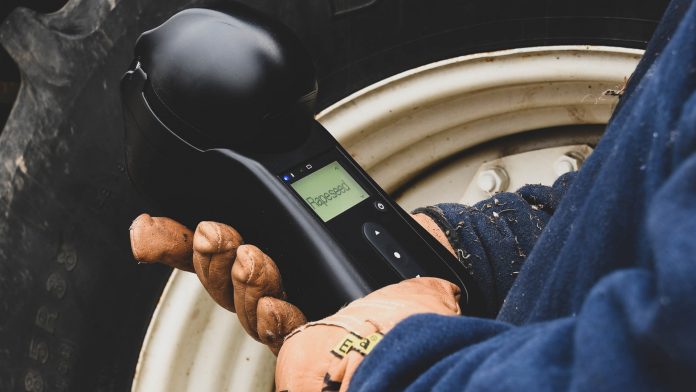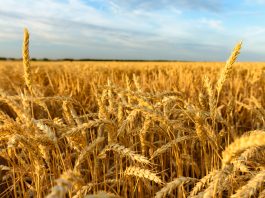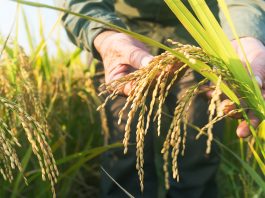Melvin Robert Huber III explains how GrainSense’s strategy for approaching new markets in the US and Russian can be used by businesses to help them expand.
GrainSense has been working hard at bringing on the spot quality measurements to Europe since its product launch in 2017 in Europe. GrainSense has addressed some of the hardest topics facing European farmers to help increase business efficiency and positively influence the entire food chain. The GrainSense analyser provides instant data on the protein, moisture, carbohydrates, and oil contents of grains. This ground-breaking technology is based on near-infrared spectroscopy and works in a battery-operated format. Paired together with a mobile application and cloud services, farms can gather, manage, and evaluate these critical quality data anywhere. This technology has now been in the hands of hundreds of farmers in Europe for three harvest seasons and has empowered them to increase their profitability with this handheld technology. After two years spent developing the European markets, GrainSense has now begun to look at the huge agricultural markets in the USA and Russia.
Some of the underlying issues that exist in European agriculture are also prevalent in both the Russian and American markets, but to properly launch GrainSense in these areas, a distinctive three-step process was adopted to ensure success for all new potential GrainSense users:
• Adapting the product offering
• Finding reliable partners
• A redesigned market launch
This approach will be examined in depth throughout this article and can work as an underlying model for other companies expanding to new markets.
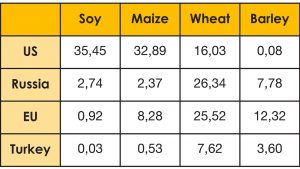
Adapting the product offering
Many companies only translate their product offering when entering new markets, but it is critical to understand that potential end-users in any market need to have a product that is tailored to them directly. Expansion into the United States and Russia started well before GrainSense began signing agreements with local partners. Even though most of the end-user reach is done in these local markets by local distributors, it is essential for the manufacturer to have a deep understanding of the new market, and that is obtained via detailed research.
An initial study of the US and Russian markets underlined how different the entire food chain is in each of the countries as compared to Europe. The expansion to these two new markets resulted in the development of two new calibrations added to the GrainSense portfolio. When looking at crops based on area production, although maize and soybean are quite extensive across Europe these numbers were incomparable to those of the United States and Russia. It is important to note that the production areas for the EU are listed collectively, and not on a country-specific basis.
As displayed in Table 1, it became clear that both maize and soybean play a larger role in reaching farmers and businesses in these areas. Moreover, different values are crucial for commercial trade in these markets. Measuring wheat in Russia will always require a gluten reading, so an intensive process was undertaken to examine large datasets to create a predictive model to give a gluten estimation comparable to Russian reference methods on wheat. This factor is now reported in the GrainSense app labelled ‘Wet Gluten Russia, GOST’.
Adjusting products to new markets goes well beyond translations, import paperwork, and required hardware approvals, as examined above. By taking the time to properly identify and understand the needs of potential end-users, companies can adapt their product offering to better expand to new territories.
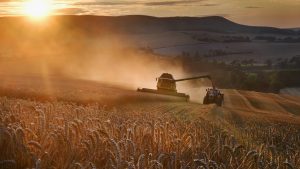
Finding reliable partners
Trust is an essential part of any functional business relationship, and is thus a crucial factor for GrainSense when selecting value-added distributors in any new market. In the agricultural tech space, trust works interchangeably between manufacturers, distributors, and farmers. An open dialogue should be key to building this trust. This is why finding respected key players in these markets is one of the main pillars of GrainSense’s international expansion.
Ultimately, Elevate Ag and Megano/Strong Tehnik LLC were selected as the first value-added distributors in the US and Russia, respectively. Both teams have years of experience in their fields and are at the cutting edge of new agricultural technologies, making GrainSense a logical next step in their product offerings. These partners understand not only measuring technology, but also the entire needs of farmers and key players of the food value chain throughout the year. This knowledge helps each farmer better understand how GrainSense can be implemented directly in their operations. Each device is used in different ways by end-users, so it is critical that value-added distributors have a deep understanding of the entire operations of a farm.
Trust, product offering, industry knowledge, and open dialogue with end-users were factors that allowed GrainSense to properly identify and begin business relationships with new distributors in the US and Russia. Finding trusted and knowledgeable key partners are essential for market expansion and market fit.
A redesigned market launch
After an intense process of interviewing and selecting the final partners, the last key pillar of successful market entry was put into place: a comprehensive market launch. For GrainSense, the market launch had to go through a number of adaptations as the COVID-19 crisis began in early 2020, which directly affected how this market launch would take place.
Some initial groundwork steps were taken, including digitally launching localised web pages, but this on its own was not enough. The COVID-19 crisis meant that in-person conferences and events where distributors were able to meet potential end-users face-to-face were no longer possible. Solutions were nevertheless found, and GrainSense, together with ElevateAg, began a series of webinars targeting some of the most promising potential early adapters. Physical spaces where the device might have been presented to initiate the market launch were moved into a virtual space, which not only made the conversations more direct and highly product-focused, but also allowed participants who may not have been able to participate in events that would be normally associated with a market-specific product launch to join in.
Travis Kraft from ElevateAg commented: “Due to COVID-19 restrictions, being agile/strategic in our marketing by using Zoom meetings and webinars became very effective. Social media postings as well as inviting others to visit while an Elevate Ag representative was on site demonstrating the technology really made the biggest difference for us. We will very quickly have customer testimonials and additional details on our website that will showcase various customers. The most exciting part of this adventure is, we are only just getting started.”
It was also important to start to document these early adopters in both Russia and the United States, as their stories help push the ‘word of mouth’ about GrainSense in these markets. This entails opening dialogues across multiple social media platforms and allowing an organic conversation to take place amongst end-users. Once again, here there was a strong emphasis on moving as many of these conversations to a digital space as possible, as COVID-19 prevented that from happening in a more physically-central location, as had been done in the past for other market launches.
Any product entering a new market will face a number of challenges and obstacles, but the first impression made on any new market is the key to success. The three-step model created by GrainSense has been effective, and its sales in both the United States and Russia are on a sharp incline. This method is clear and adaptable for other players in the AgTech space and can help guide companies through their own market entry strategy, even during economically unstable times such as that seen in the COVID-19 pandemic.
References
- https://apps.fas.usda.gov/psdonline/circulars/production.pdf
Melvin Robert Huber III
Business Development
GrainSense
+4915175047726
sales@grainsense.com
www.linkedin.com/company/grainsense/
www.grainsense.com/
Please note, this article will also appear in the third edition of our new quarterly publication.

